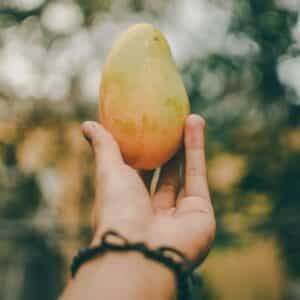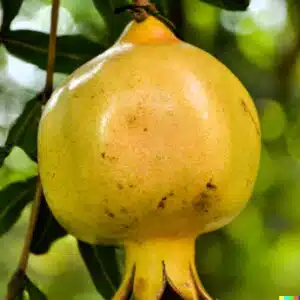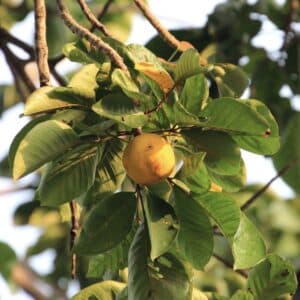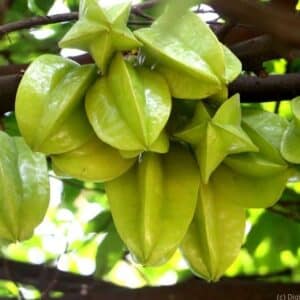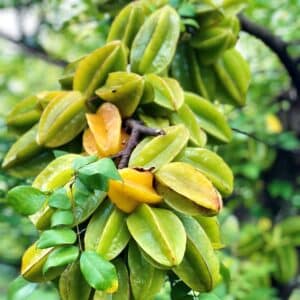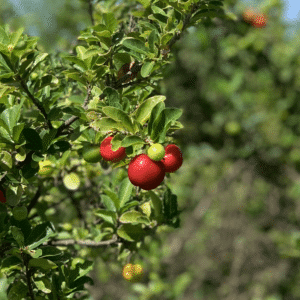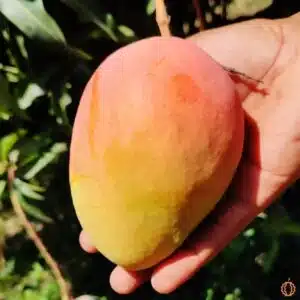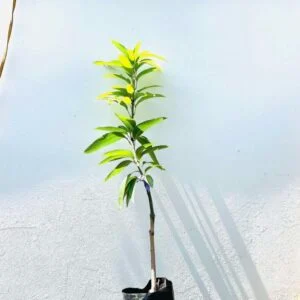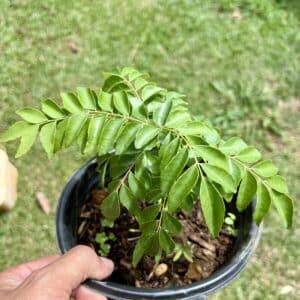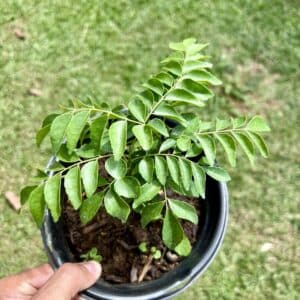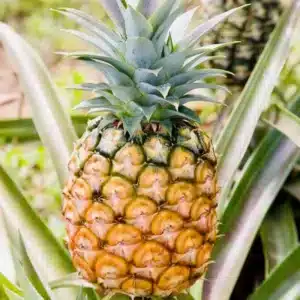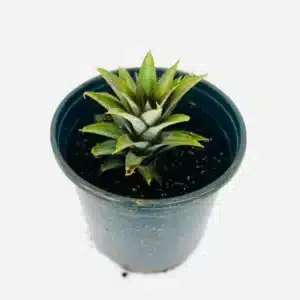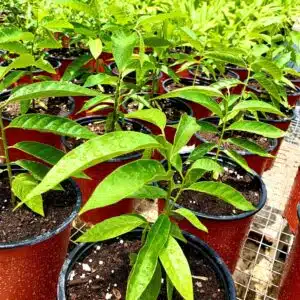Grafted Mango Pineapple Live fruit Tree 3’-4’
Also known as the Pineapple Pleasure Mango, the Mango Pineapple Tree is among the few rare types of mangoes that come with a highly unique taste. The subtropical fruit, you would have figured by now, has its taste overlaps with a pineapple. The type had been introduced as a result from a cross breeding by scientists and is now served as a novelty in the United States. If you like margaritas and fruit punches, having a pineapple pleasure mango would add to the flavor of the beverage. Mango Pineapple variety is a unique hybrid mango cultivar that combines the tropical sweetness of mango with subtle pineapple undertones. While not as common as traditional mango varieties, Mango Pineapple is known for its distinctive flavor profile, juicy texture, and vibrant color, making it a highly sought-after fruit among tropical fruit enthusiasts.
Wild Mangosteen ( Sandoricum koetjape) live fruit tree live plant 1’-2’
Wild Mangosteen , scientifically known as Sandoricum koetjape, is a tropical fruit native to Southeast Asia, particularly the Philippines, Thailand, and Malaysia. Also known as the “wild mangosteen” or “cotton fruit,” the Santol is widely grown for its sweet and sour flavor and its versatility in cooking. The fruit is consumed fresh or used in various culinary applications, especially in Southeast Asian cuisine.
Star fruit Carambola tree (Averrhoa carambola)12″ – 24″
Starfruit (Averrhoa carambola), commonly known as , is a tropical and subtropical fruit tree known for its unique, star-shaped fruit. When sliced, the fruit resembles a star, which makes it visually appealing and popular for garnishing dishes and adding a tropical flair to drinks and salads. Native to Southeast Asia, the starfruit tree has become widely cultivated in tropical and subtropical regions around the world due to its attractive, glossy foliage, fragrant flowers, and prolific fruit production.
Bilimbi Cucumber Tree (averrhoa bilimbi) live fruit tree 1’-2’ feet tall
The Bilimbi Fruit Tree, also known as Averrhoa bilimbi, is a tropical fruit tree that is native to Southeast Asia and is grown throughout the tropics for its tart, sour fruit. The Bilimbi tree is a small to medium-sized evergreen tree, which is easy to grow and care for, making it a popular choice among gardeners and home fruit growers. In this description, we will discuss how to plant and care for Bilimbi Fruit Trees, and some of the benefits they can provide.
An interesting fact about Bilimbi Fruit is that it is a rich source of oxalic acid, which gives the fruit its distinctive sour taste. Additionally, the acid in Bilimbi Fruit can be used in various cleaning and polishing applications, such as removing rust stains or shining brass and copper. This versatile fruit is not only delicious and nutritious, but can also be a helpful household tool.
Coffee tree (Coffea) live tropical fruit tree 12″-18″
The coffee tree Puerto Rican tree is known for its world-famous coffee loved by all coffee lovers around the globe. The rich taste is derived from the volcanic soil of Puerto Rico, which has many minerals that add depth to the intrinsic taste of this coffee plant. Moreover, the climate, wind and altitude of the region all perfectly combine together to give this Coffee Puerto Rican Tree a unique touch. It is also one of the few coffees being produced in the United States, which makes it even more unique. The tree with its beautiful features also serves as a piece of art by nature.
Grafted mango ( mangifera) tropical fruit tree Edward 3’-4’ tall
Edward mangoes are prized for their exceptional sweetness, rich flavor, and smooth texture. They are a popular choice for fresh consumption, juicing, and culinary uses due to their delightful taste and minimal fiber content. Whether enjoyed on its own or incorporated into various dishes, Edward mangoes are a delicious and versatile tropical fruit variety.
Pineapple (Ananas comosus ) tropical fruit live plant Sweet Delicious Juicy 1′ – 2′
The pineapple plant, also known as Ananas comosus, is a tropical fruit that is popular around the world for its sweet, tangy taste and numerous health benefits. Pineapple plants are relatively easy to grow and care for, making them a great addition to any home garden. In this description, we will discuss how to plant and care for a pineapple plant, as well as some of its uses.
An interesting fact about pineapple plants is that they are actually composed of many individual flowers that have fused together around a central core. Each segment of the pineapple fruit is actually a separate flower, and the entire fruit can take up to two years to fully mature. Additionally, pineapples were considered a luxury item in Europe and the United States during the 1700s and 1800s, and were often displayed at dinner parties as a symbol of wealth and hospitality. Today, pineapple is one of the most popular tropical fruits in the world, and is enjoyed by millions of people every day.
Bullock’s Heart (Annona reticulata) tropical live fruit tree 12″-24″
The Bullock’s Heart (Annona reticulata) is a tropical treasure, offering delicious fruit, ornamental beauty, and cultural significance. Its creamy, sweet pulp and unique appearance make it a favorite among fruit enthusiasts and gardeners alike. With proper care, including regular watering, fertilizing, and pest management, this tree will thrive and reward growers with abundant harvests. Whether grown for its fruit, its aesthetic appeal, or its role in tropical ecosystems, the Bullock’s Heart tree is a valuable and rewarding addition to any garden or orchard.

